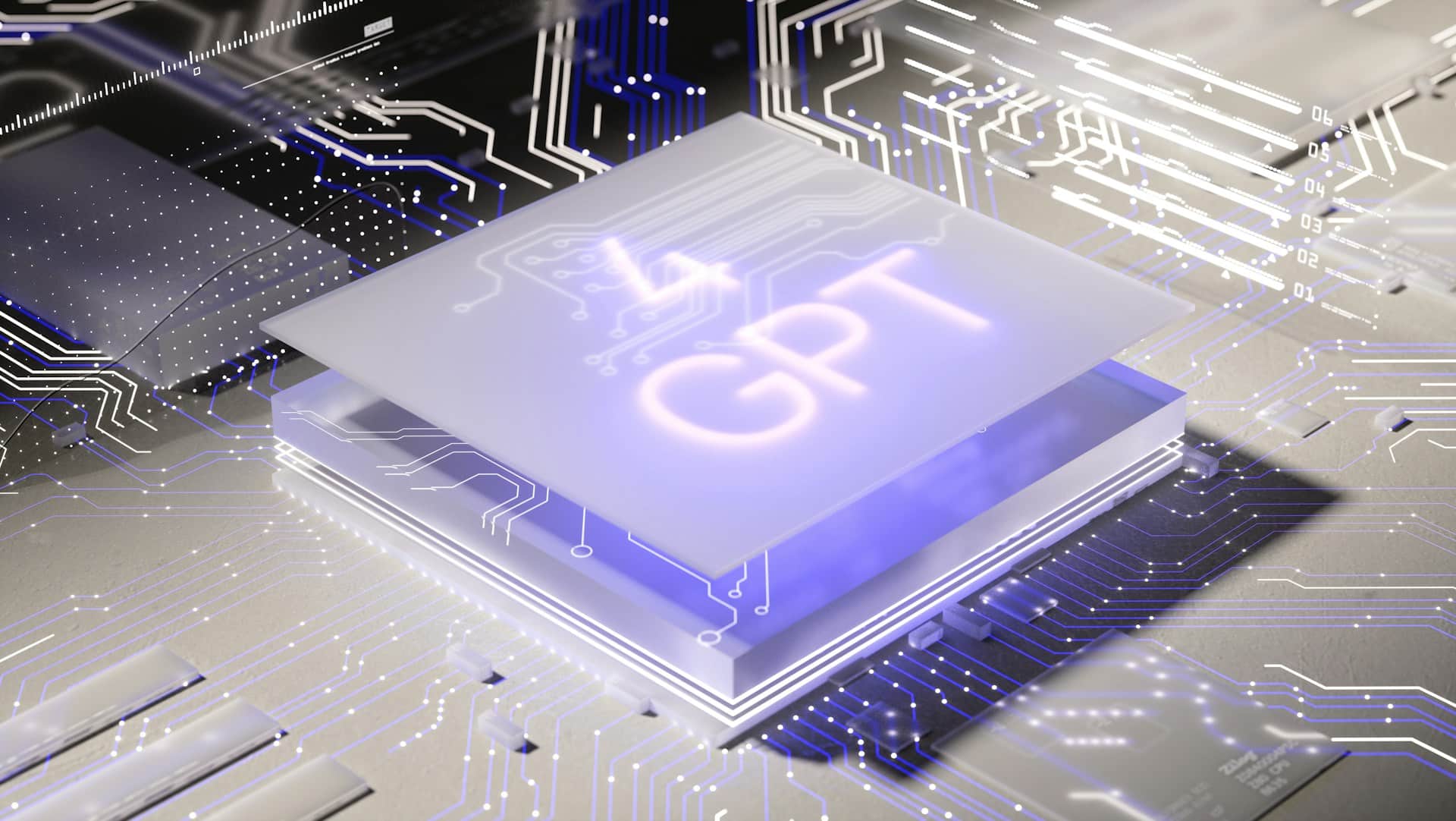As urban centers continue to swell and develop, traffic congestion has emerged as a pervasive issue. With an increasing number of vehicles on the road, the management of traffic becomes a significant challenge. Transport systems in cities are stretched, contributing to delays, safety risks and heightened levels of pollution. This article explores how AI-powered analytics can help mitigate these issues, promoting efficient transportation and improving public safety in our cities.
Harnessing Data for Traffic Management
Before delving into the specifics of how artificial intelligence can aid in traffic management, it is crucial to understand the role of data in this context. Cities are dynamic entities, with traffic patterns that change over time, influenced by variables such as weather conditions, time of day, and ongoing events. To effectively manage traffic, these numerous variables need to be tracked and analyzed in real time.
En parallèle : How to create unique illustrations for your book with MyImageGPT ?
AI-powered systems come into play here, collecting and analyzing vast amounts of data to predict traffic conditions and manage road usage efficiently. Such systems utilize machine learning algorithms to process real-time data from various sources like traffic cameras, IoT devices, and social media feeds to provide accurate and timely traffic updates.
AI in Enhancing Roadway Safety
Road safety is a significant concern in urban centers. Each year, thousands of accidents happen due to traffic congestion and poor road conditions. AI can play an instrumental role in reducing these incidents by providing real-time insights into road conditions and traffic flow.
A lire en complément : What Role Does AI Play in Enhancing Cybersecurity for Small UK Businesses?
Advanced AI systems can detect anomalous events, such as sudden traffic slowdowns or accidents, and alert relevant authorities promptly. This not only expedites emergency response times but also enables effective rerouting of traffic to reduce congestion.
AI can also help in creating safer driving conditions by predicting potential hazards. For instance, AI-powered analytics can forecast weather conditions and relay this information to drivers, helping them prepare for adverse situations.
Real-Time Congestion Management
The effective management of traffic congestion in cities requires real-time information. AI-powered analytics can provide this, enabling city administrations to react swiftly and decisively to changes in traffic conditions.
These intelligent systems can process real-time data to predict traffic congestion and suggest optimal routes to drivers. This not only helps in reducing travel time for individual drivers but also promotes more efficient use of the road network.
Moreover, real-time data can also assist in identifying congestion hotspots and peak traffic times. City administrations can use this information to implement strategies like congestion charging or variable speed limits to manage traffic more effectively.
Smarter Public Transportation Systems
Public transportation is a vital component of urban living. However, these systems often struggle to keep up with demand, especially during peak periods. AI-powered analytics can help address this issue.
Through predictive analytics, AI can forecast demand for public transportation accurately, helping authorities to adjust service levels accordingly. This could mean increasing the frequency of buses or trains during peak periods or realigning bus routes based on user demand.
AI can also help improve the user experience of public transport. For example, real-time data can allow for accurate predictions of bus or train arrival times, significantly reducing waiting times for passengers.
Embedding AI in Urban Transportation Planning
While we have discussed the immediate benefits of AI in managing traffic and enhancing public transportation, it is important to note that the potential of AI extends much further. It can be instrumental in the long-term planning of urban transportation systems.
AI-powered analytics can provide comprehensive insights into usage trends and patterns of transportation systems. These insights can help city planners make informed decisions about future infrastructure projects to accommodate growth and reduce congestion in cities.
The adoption of AI in transportation planning can lead to the development of smart cities, where traffic management and transportation planning are optimized through data-driven insights. This not only improves the mobility of urban residents but also contributes to creating a more sustainable and livable urban environment.
Predictive Traffic Signal Control Systems
One of the most impactful ways in which AI-powered analytics can be leveraged to reduce traffic congestion is through the use of predictive traffic signal control systems. Traditional traffic lights operate on fixed sequences and timers that don’t account for the variable nature of traffic flow. However, with the advent of AI, this paradigm is quickly changing.
AI technology has the ability to analyze real-time data from traffic cameras, IoT devices and other sources to determine the current traffic conditions and road usage. Machine learning algorithms can then use this data to predict future traffic patterns and adjust traffic light timings accordingly. This can significantly improve traffic flow by ensuring that green light timings align with the direction of heavy traffic flow.
Furthermore, these predictive systems can also react to unexpected changes in traffic conditions, such as a sudden influx of vehicles due to an event or a road closure. By making real-time adjustments to traffic signal timings, AI-powered systems can reroute traffic effectively and efficiently, thus reducing potential congestion.
Moreover, integrating AI into traffic signal control systems can create a fully coordinated network of traffic lights that work together to reduce traffic. This synchronization of traffic signals can drastically improve urban mobility by minimizing stop-and-go traffic, reducing travel times, and optimizing the overall use of road infrastructure.
AI-powered traffic signal control systems can also contribute towards creating safer roads. For instance, they can prioritize emergency vehicles by providing them with green lights, thereby reducing emergency response times and enhancing public safety.
Conclusion: Building Sustainable Smart Cities with AI-Powered Analytics
As we’ve seen, AI-powered analytics offer numerous solutions for reducing traffic congestion in urban centers. By harnessing real-time data and using machine learning algorithms, AI can effectively manage traffic flow, enhance roadway safety, enable real-time congestion management, improve public transportation systems, and contribute towards long-term urban transportation planning.
Using AI for traffic management not only improves urban mobility but also paves the way for the development of smart cities. In these digitally transformed urban environments, traffic management systems, traffic signals, and transportation planning are all optimized through data-driven insights. This not only contributes to a smoother, more efficient transportation network but also promotes sustainability by reducing pollution caused by traffic congestion.
In the end, as urban centers continue to grow, the adoption of AI in traffic management is not only beneficial—it’s essential. With AI, we can create dynamic, responsive transport networks that improve the urban living experience for everyone.
From real-time traffic adjustments to long-term infrastructure planning, the potential of AI-powered analytics in urban centers is vast and transformative. As we continue to innovate and develop these technologies, we move closer to creating cities that are not only smart but also sustainable and livable. Embracing the power of AI is undoubtedly the way forward for modern urban centers and the future of urban mobility.











